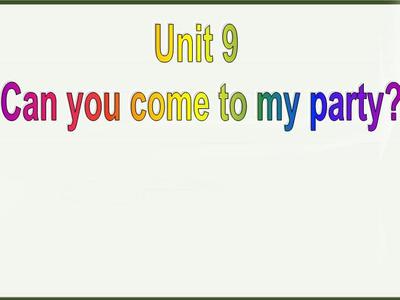Seem的用法:
Seem在英语中是一个重要而常见的词,它的基本意思是“似乎;好像;仿佛;看来”等,可作不及物动词或连系动词。seem用法较为复杂,现归纳如下:
一、seem可与形容词、名词、不定式(短语)、分词及介词短语搭配。
1. seem+ 形容词
Sheseems quite happy today. 今天她似乎很高兴。
2. seem+ 名词
Thatseems a good idea. 那似乎是个好主意。
Sheseems a clever girl. 她似乎是个聪明的女孩。
3. seem+ 不定式(短语)
Heseemed to have known the truth. 他似乎早已知道事情的真相。

Heseems to be thinking about something. 他似乎正在考虑某事。
Something seemed to be wrong with the train.火车好像出了故障。
注意:1)不定式是to be并以名词或形容词作表语时,tobe通常可以省略。这样就变成1,2的用法。
Heseems (to be) a fool. 他好像是个傻子。
Sheseems (to be) quite unhappy. 她看起来很不高兴。
2)seem后跟不定式时,要注意不定式所表示动作发生的时间,以此来确定不定式的时态。如3中的tohave...为不定式的完成时。
3)seem的否定式可在不定式前直接加not或借助do的相应否定形式来表达(放在seem前)。
Shedoesn't seem to like the idea. 她似乎不太喜欢这个想法。
Theyseemed not to know each other. 他们看起来好像互不认识。
4. seem+ 分词
Heseemed pleased at what I said. 听了我的话,他似乎很高兴。
Thenews seems exciting. 消息似乎很激动人心。
5. seem+ 介词短语
Itseems like years since I last saw you. 自从上次我见到你似乎过去好多年了。
Theyseemed in high spirits. 他们似乎情绪高涨。
二、seem常用于it作形式主语的结构,即It seems / seemed that...,表示“看来……,似乎……”。
Itseems that nobody knew what had happened. 似乎没人知道发生了什么事。
Itseems that he was late for the train. 看来他没赶上火车。
注意:1)在这一句式中,常可省去that。
2)在seem后间或可跟形容词。
Itseems impossible that he will be here tomorrow.明天他来这儿似乎是不可能的。
三、seem常用于由as if / though引导的从句中。
Itseems as if somebody is calling you. 好像有人在叫你。
Itseems as though he were very stupid. 看来他似乎很笨。
注意:在asif / though引起的从句中,如果说的是非真实的情况,从句谓语用虚拟语气,如上句he were verystupid。如果所述的情况实现的可能性较大,则从句的谓语常用陈述语气。
四、seem常用在“It seems / seemed to sb.(that)...”结构中,这种结构常用来表示“行为”的主体。
Itseems to me that we have been neglecting our duty.我感觉我们对职责有所疏忽。
Itseems to me that they are right. 我感觉他们是对的。
五、用于There seems / seemed + to be + n.(主语)中。
Thereseemed to be no work for you to do now. 看来现在没有什么工作需要你做了。
注意:1)在这一结构中,seem表示“似乎有;看来有”。如:
Thereseems to be a lot of things to do. (=It seems as if there were alot of things to do.) 似乎有很多事情要做。
2)这一结构的否定形式为“There seems / seemed to be+ no + n.”或“There doesn't / didn't seem to be + n.”。
Theredoesn't seem to have been any difficulty on this question.在这个问题上似乎没出现什么困难。
 爱华网
爱华网



